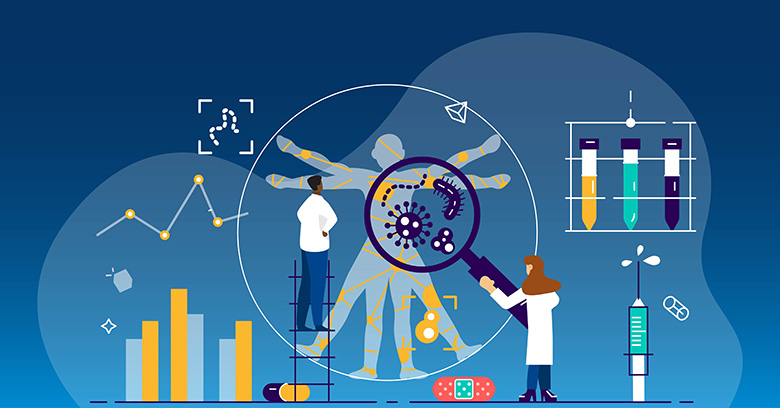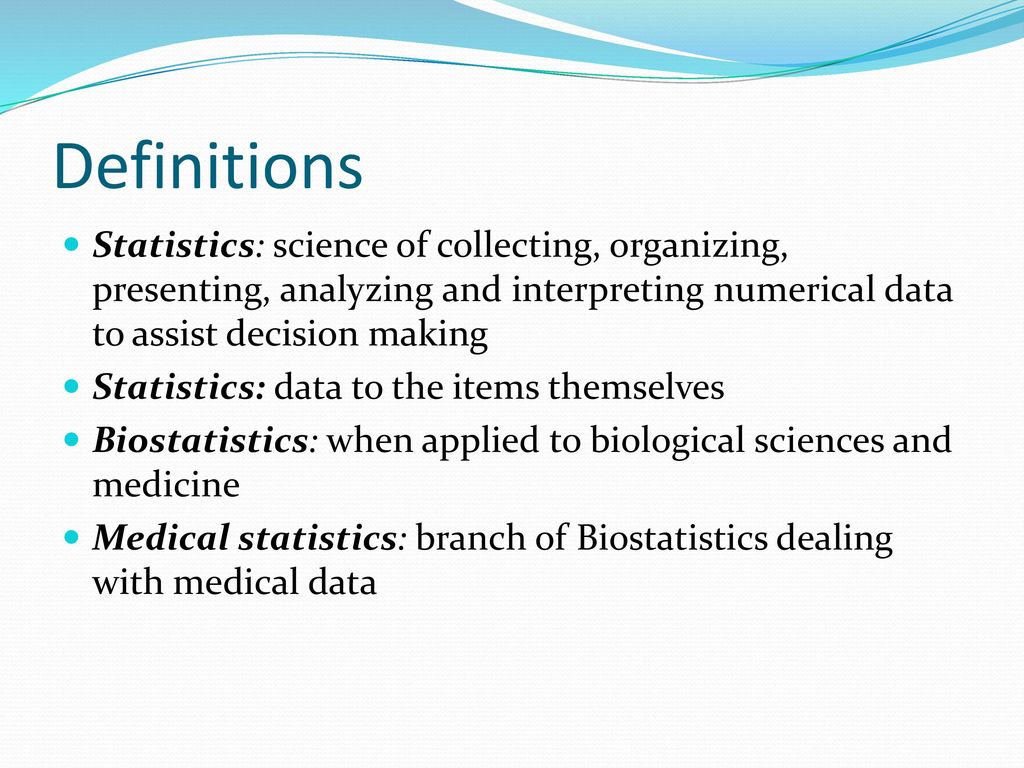
Biostatistics is a field of study that applies statistical methods to biomedical and public health research. It involves the collection, analysis, interpretation, and presentation of data to draw meaningful conclusions and make informed decisions in the context of health and medicine. Biostatistics plays a crucial role in designing studies, analyzing research findings, and providing evidence-based recommendations for public health interventions and clinical practice.

Here are some key concepts and topics within biostatistics:
- Study Design: Biostatisticians are involved in designing research studies, including selecting appropriate study designs such as randomized controlled trials, cohort studies, case-control studies, and cross-sectional studies. They consider factors like sample size determination, randomization, and minimizing bias in order to ensure the reliability and validity of study results.
- Descriptive Statistics: Descriptive statistics involves summarizing and presenting data in a meaningful way. This includes measures of central tendency (e.g., mean, median, mode) and measures of variability (e.g., standard deviation, range) to describe the characteristics of a dataset.
- Probability: Probability is the mathematical framework for quantifying uncertainty. Biostatisticians use probability theory to model and analyze random events, which are often encountered in health-related data.
- Statistical Inference: Statistical inference involves drawing conclusions or making predictions about a population based on sample data. It includes hypothesis testing, confidence intervals, and p-values to determine the statistical significance of findings.
- Parametric and Non-parametric Methods: Biostatisticians employ parametric methods, assuming specific probability distributions, when analyzing data that conform to certain assumptions. Non-parametric methods, on the other hand, make fewer assumptions and are used for data that do not meet parametric assumptions.
- Regression Analysis: Regression analysis is used to examine relationships between variables. Biostatisticians employ linear regression, logistic regression, and other regression models to explore associations between predictor variables and outcomes of interest.
- Survival Analysis: Survival analysis deals with time-to-event data, such as time to death or time to disease recurrence. Biostatisticians use techniques like Kaplan-Meier survival analysis and Cox proportional hazards models to analyze and interpret survival data.
- Meta-analysis: Meta-analysis involves combining and analyzing data from multiple studies to derive more precise and reliable estimates of treatment effects or associations. Biostatisticians use meta-analysis to synthesize evidence from different studies and provide a comprehensive overview of a specific research question.
- Statistical Software: Biostatisticians commonly use statistical software packages like R, SAS, or SPSS to perform data analysis and generate statistical outputs.
Proficiency in biostatistics enables researchers, epidemiologists, and public health professionals to effectively analyze data, make evidence-based decisions, and contribute to scientific advancements in the field of health and medicine.
